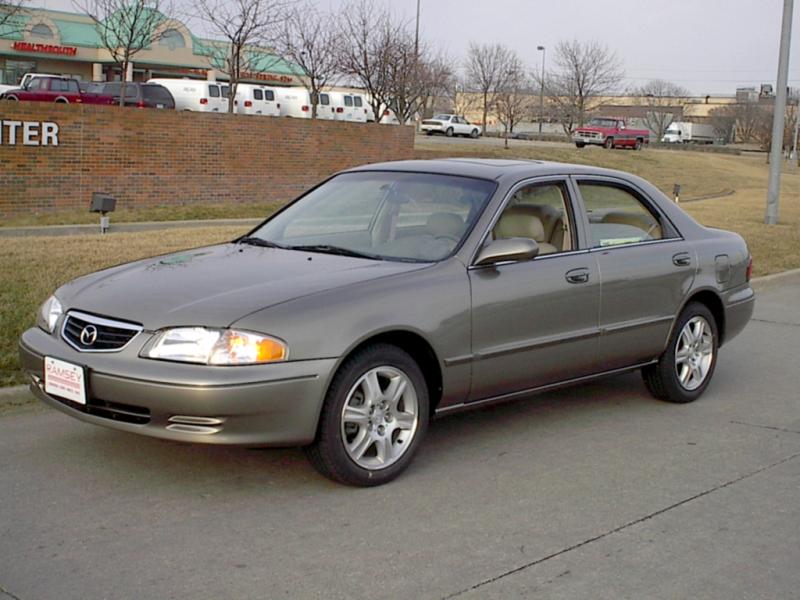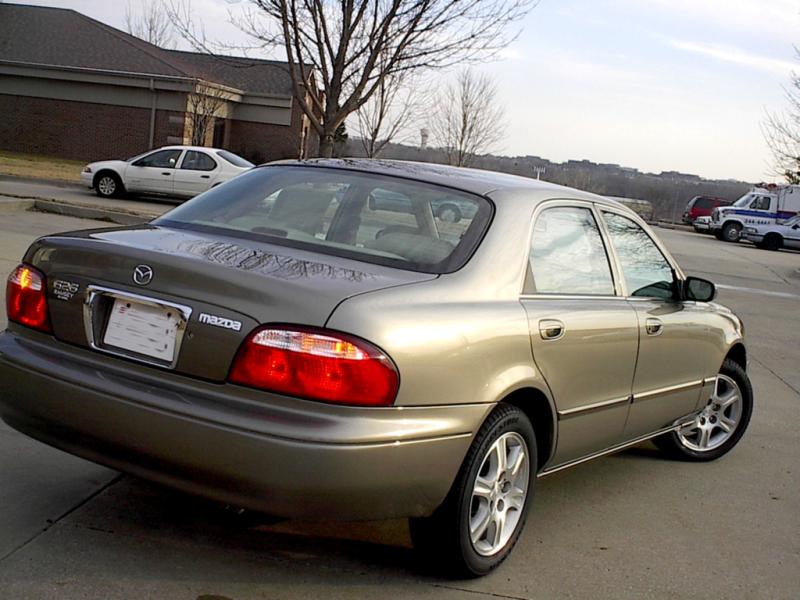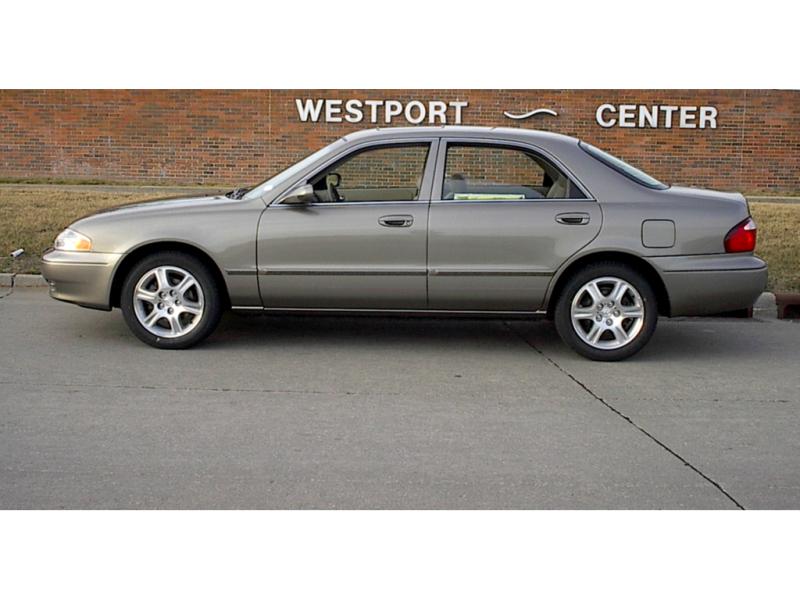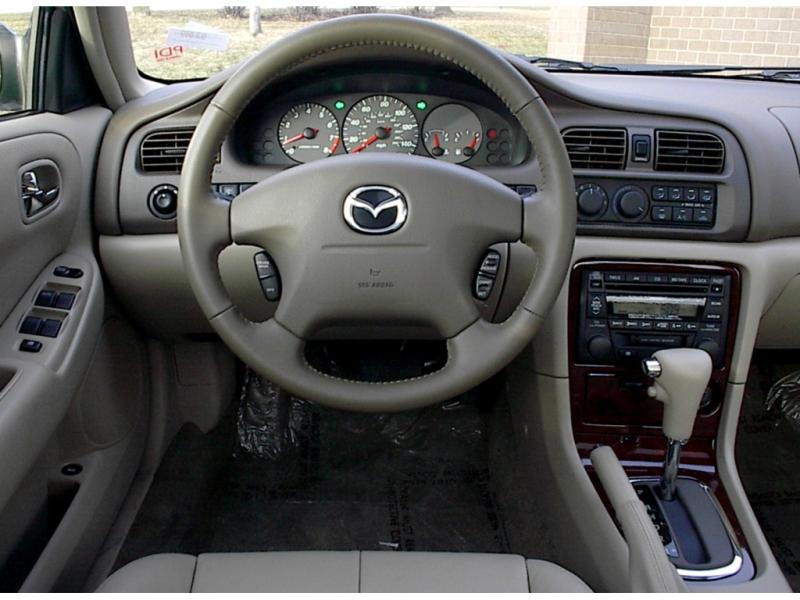Solid delivery - 2002 Mazda 626 sedan
For the past 23 years the midsize Mazda 626 sedan has been the standard-bearer of the automaker's lineup in the United States. As one of Mazda's all-time best selling vehicles, recent upgrades have marked a notable change in the face of the 626. Substantial chassis reinforcements introduced in 2001 improved the sedan's overall performance resulting in precise handling, steering and stopping power.
Currently in its fifth generation, the Mazda 626 is built in Flat Rock, Mich., by AutoAlliance International, Inc. -- a joint venture between Mazda and Ford. The Mazda sedan is offered in three trim levels - LX, LX-V6 and the top-of-the-line ES-V6. Engine choices include the 2.0L DOHC 16-valve four-cylinder engine and a 2.5L DOHC 24-valve six-cylinder. The (G5M) five-speed manual is the standard gearbox while the (LA4A-EL) four-speed electronically controlled automatic with overdrive is $800 additional.
On the road, the ES-V6 delivers a smooth comfortable ride. The small displacement motor is at its best at highway speeds with the five-speed manual transmission. Changes to the body structure include strengthening the front suspension towers, adding diagonal braces connecting the rear suspension towers to the floorpan above the rear axle, adding a new solid front stabilizer bar and larger rear stabilizer bar. As a result of these and other changes, the torsional rigidity is 24.4 percent stiffer.
The Mazda 626 features an four-wheel independent suspension with traditional MacPherson struts up front and its legendary patented Twin-Trapezoidal Link (TTL) suspension at the rear. The TTL suspension delivers a smooth ride, yet produces responsive handling by keeping the rear tires in proper contact with the road surface even over large bumps. The LX is shod with P205/60R15 tires while the LX-V6 and ES-V6 models feature P205/55R16 rubber.
Inside the cabin, changes and refinements abound. Chrome accents add an upscale touch to door handles, door courtesy lamps, the hand brake lever and the automatic transmission shift lever. Interior lighting is very good. Overhead map lights have an integrated sunglasses' holder that is standard across the line.
Seating throughout the cabin is comfortable with a convenient center armrest, yielding a two-tier storage area for keys and CDs. Cupholders are plentiful throughout the cabin for both front and rear seat occupants.
The rear doors open wide to facilitate entry and exit. Grab handles at all passenger doors complement access. The 14.2 cubic feet of trunk space is well shaped. A 60/40 split rear seat adds to the usefulness of the cargo area.
Ratings & specifications
Engine performance ratings are as follow: 2.0L DOHC 16-valve four-cylinder -- 125 hp at 5,500 rpm and 127 lbs-ft of torque at 3,000 rpm; 2.5L DOHC 24-valve six-cylinder -- 165 hp at 6,000 rpm and 161 lbs-ft of torque at 5,000 rpm. Underhood fluids are easily accessible but not consistently marked. EPA fuel economy figures range from 26 city/32 highway for the four-cylinder/manual to 20 city/26 highway for the six-cylinder/automatic. The four-cylinder engine uses regular unleaded gasoline while the six-cylinder requires the use of premium unleaded.
Standard safety/security equipment includes dual front airbags, remote keyless entry, trunk entrapment release and side-door beams. LX-V6 adds four-wheel disc brakes. ES-V6 adds an anti-theft alarm with immobilizer. Optional safety equipment includes fog lights ($250) and anti-lock braking system -- ($800, LX, LX-V6) ($950, ES-V6). This package includes four-wheel anti-lock brakes and front side-impact airbags for LX/LX-V6 and traction control for the ES-V6.
The base Manufacturer's Suggested Retail Price (MSRP) for the 2002 Mazda 626 sedan starts at $18,735 for the LX up to $21,635 for the ES-V6. Destination charge adds $520.
#####







